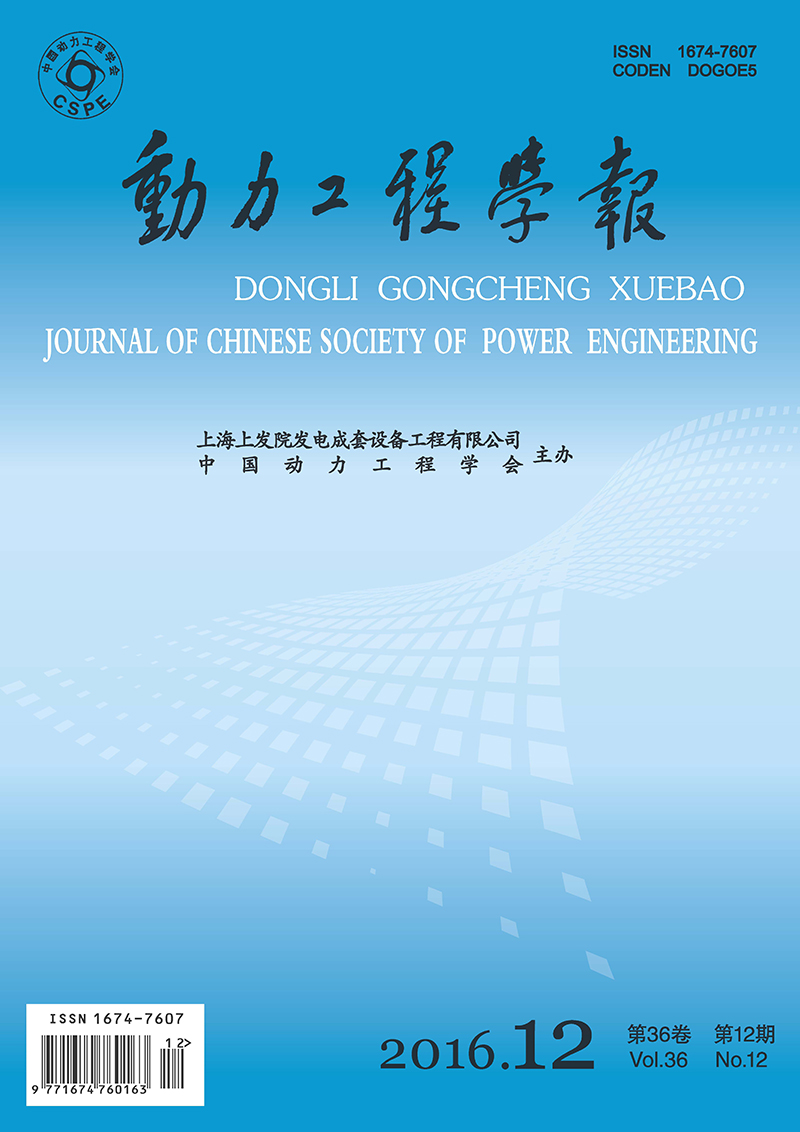ZHOU Wentai, HE Xiang, WEI Zengtao, CHEN Duanyu, SHI Hongfei, MA Dafu
2016, 36(12): 945-950.
Ash fouling properties of Zhundong coal were studied in a test rig at combustion temperatures of 950℃, 1 150℃ and 1 350℃, and with the oxygen concentration set as 2.0%-2.5%, 4.0%-4.5% and 6.5%-7.0%, respectively. The fly ash collected from relevant contamination segments was then examined by combustible test, SEM analysis and X-ray fluorescence spectrometer analysis, etc. Results show that with the rise of combustion temperature, the sintering behavior on surface of coal particles tends to increase, which inhibits the diffusion of oxygen into coal particles, leading to increased combustible content in fly ash. In the temperature range of 950-1 150℃, element Na releases quickly in a certain form, but element K does not. The lower the combustion temperature is, the lower the ash melting temperature and the stronger the clinkering property will be, however, this is not the main cause of ash deposition in the furnace. The variation of oxygen concentration at furnace outlet affects little on the composition of fly ash and the release of alkali metal.
